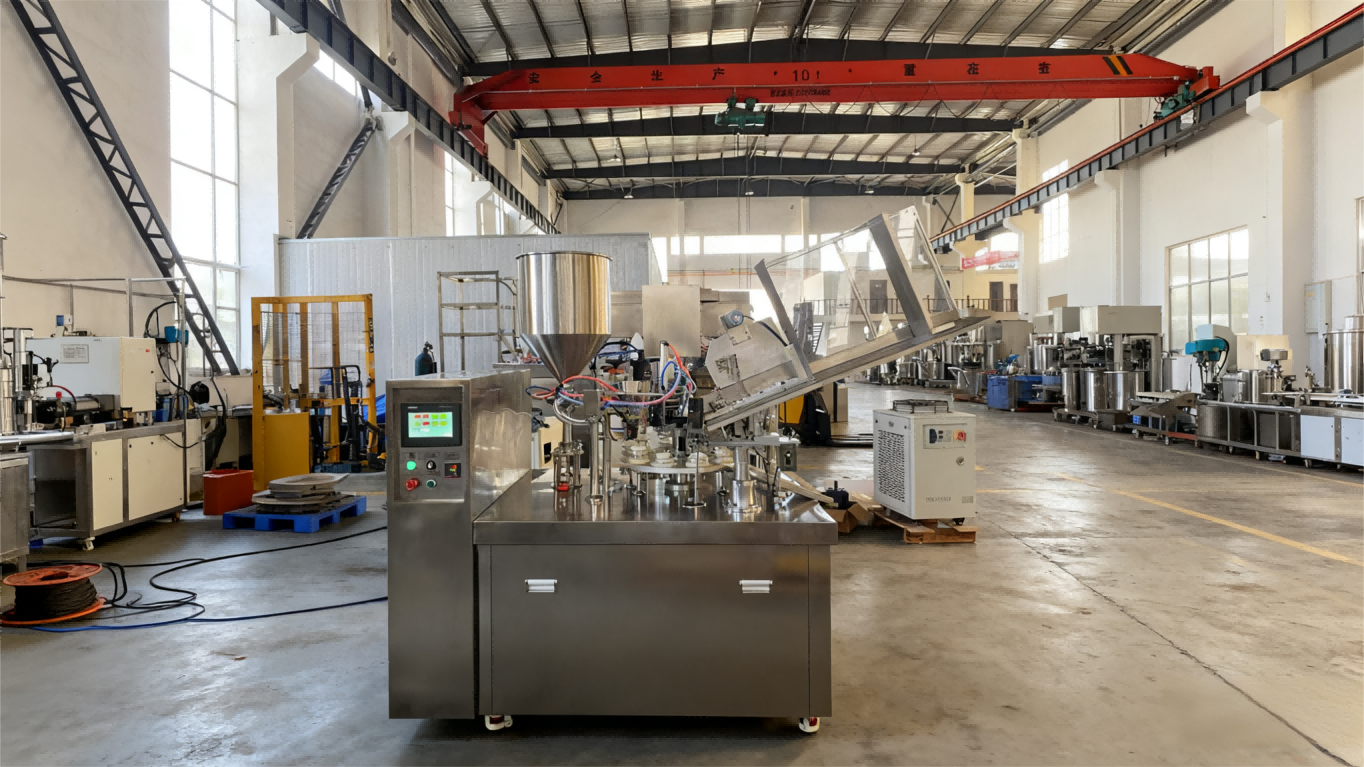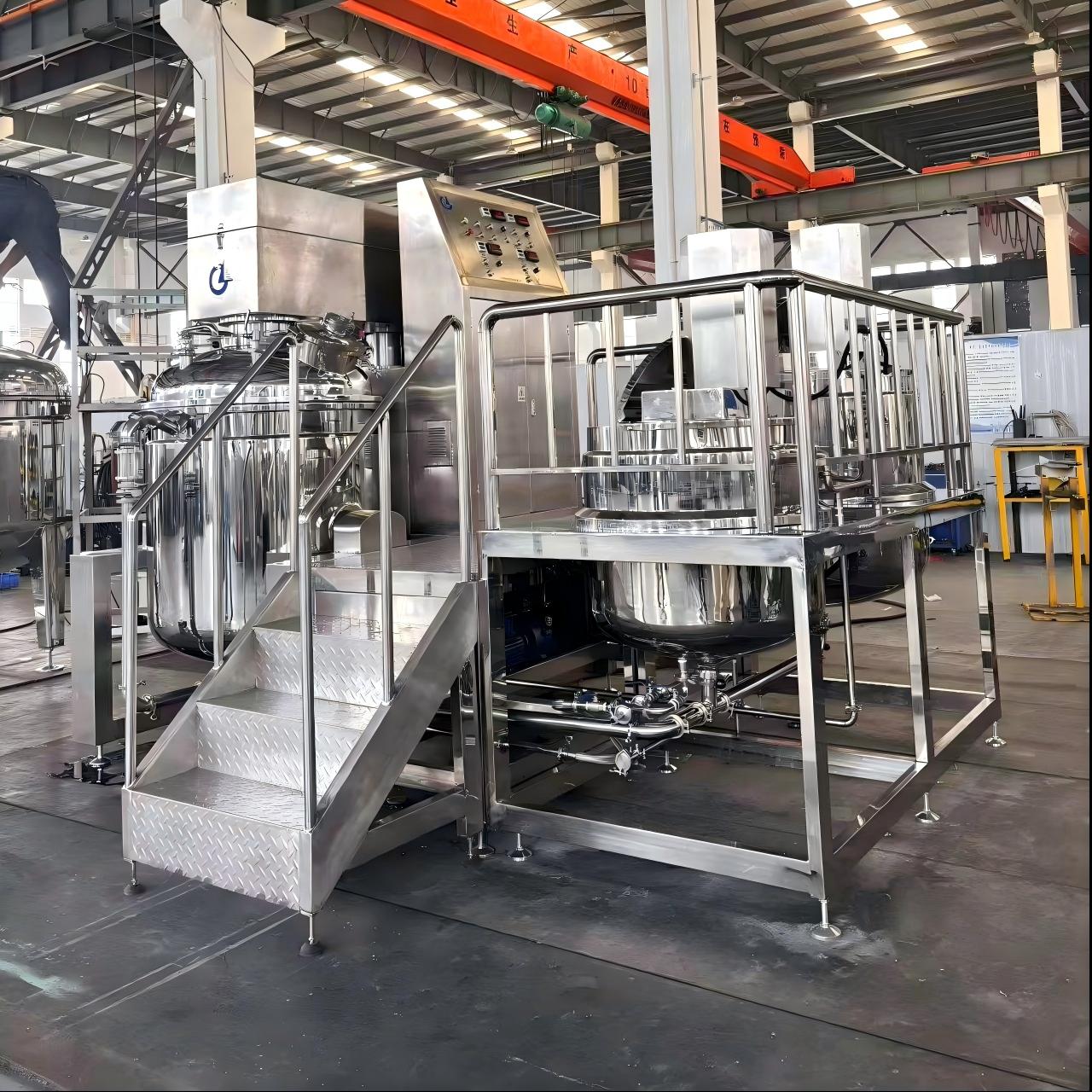How to Precisely Control the Temperature of a Vacuum Emulsifying Mixer?
Controlling the temperature of a vacuum emulsifying mixer is essential for achieving optimal performance and consistency in producing cream, mayonnaise, and other similar products. Below are key steps to control temperature during operation:
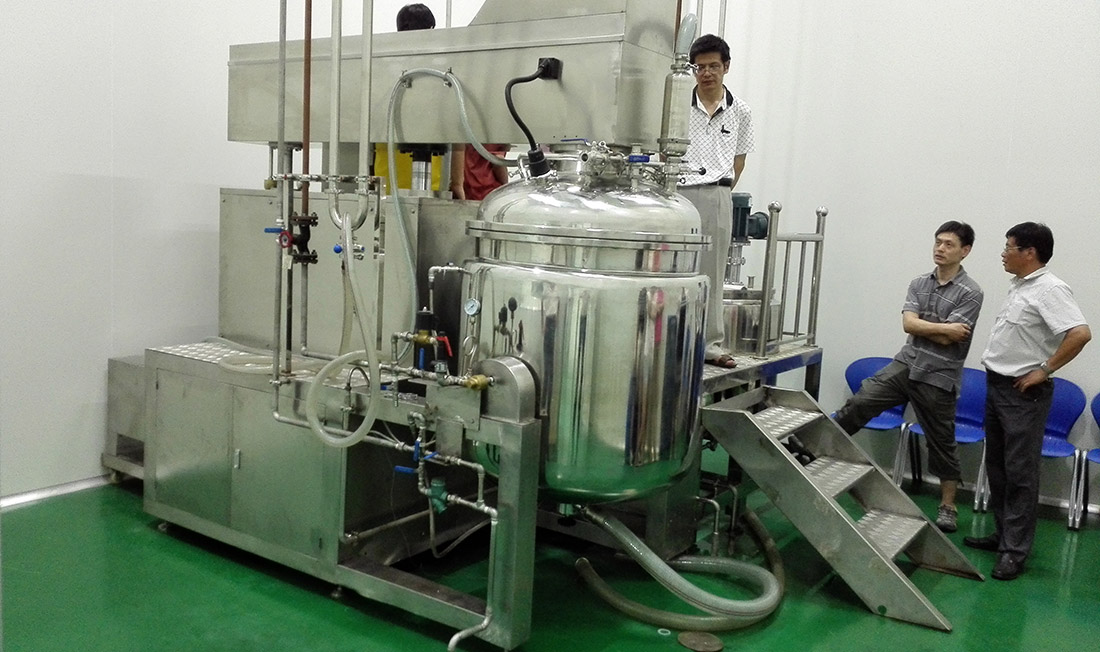
Continuous Temperature Monitoring
Install multiple temperature sensors at strategic positions inside the mixer to continuously track and record the mixture’s temperature. This real-time data enables precise adjustments and helps avoid unmonitored temperature fluctuations. Additionally, install temperature indicators in key sections of the mixer (e.g., near the emulsifying head or mixing chamber) to provide visual feedback on temperature distribution. This allows operators to identify potential hotspots or cold spots and take timely action to ensure uniform heating/cooling.
Equip with Reliable Heating & Cooling Systems
The mixer should be fitted with dedicated systems for both heating and cooling to maintain the desired temperature:
Heating: Use heating elements (such as electric heating coils or steam jackets) to raise the temperature gradually, ensuring even heat transfer to the mixture.
Cooling: Employ cooling systems like water jackets or circulating cryogenic fluids to lower the temperature when needed. Avoid rapid cooling, as it may disrupt the emulsification process.
Use an Intuitive Control Panel
Equip the mixer with a user-friendly control panel that allows operators to:
Set target temperatures accurately;
Monitor real-time temperature changes via a digital display;
Adjust heating/cooling intensity dynamically during operation.
Adhere to Recipe-Specific Temperature Ranges
Different products (e.g., thick cream vs. low-fat mayonnaise) require distinct optimal temperature ranges. Always consult the mixer manufacturer’s recommendations first, then conduct small-batch trials to fine-tune the temperature for your specific recipe. Strictly maintaining this range is critical to preventing emulsification failure or inconsistent product texture.
Ensure Temperature Stability
Maintain a stable temperature throughout the entire mixing process. Sudden temperature spikes or drops can disrupt the homogenization of oil and water phases, leading to separated products or poor texture. Avoid frequent on-off cycles of heating/cooling systems; instead, use gradual adjustments to keep temperatures within the target range.
Implement Overheating Prevention Measures
To protect both the equipment and product quality:
Install automatic shutdown mechanisms that activate when temperatures exceed safe limits (e.g., above 80°C for mayonnaise production, depending on the recipe);
Conduct regular maintenance checks on heating elements and cooling systems to ensure they function properly (e.g., clean water jackets to prevent scale buildup, which reduces cooling efficiency).
By following these steps, you can effectively control the temperature of your vacuum emulsifying mixer, ensuring consistent product quality and long-term equipment performance when producing cream, mayonnaise, and similar emulsified products.
News
- Latest News
- Solutions
- FAQ
Recommend Products
-
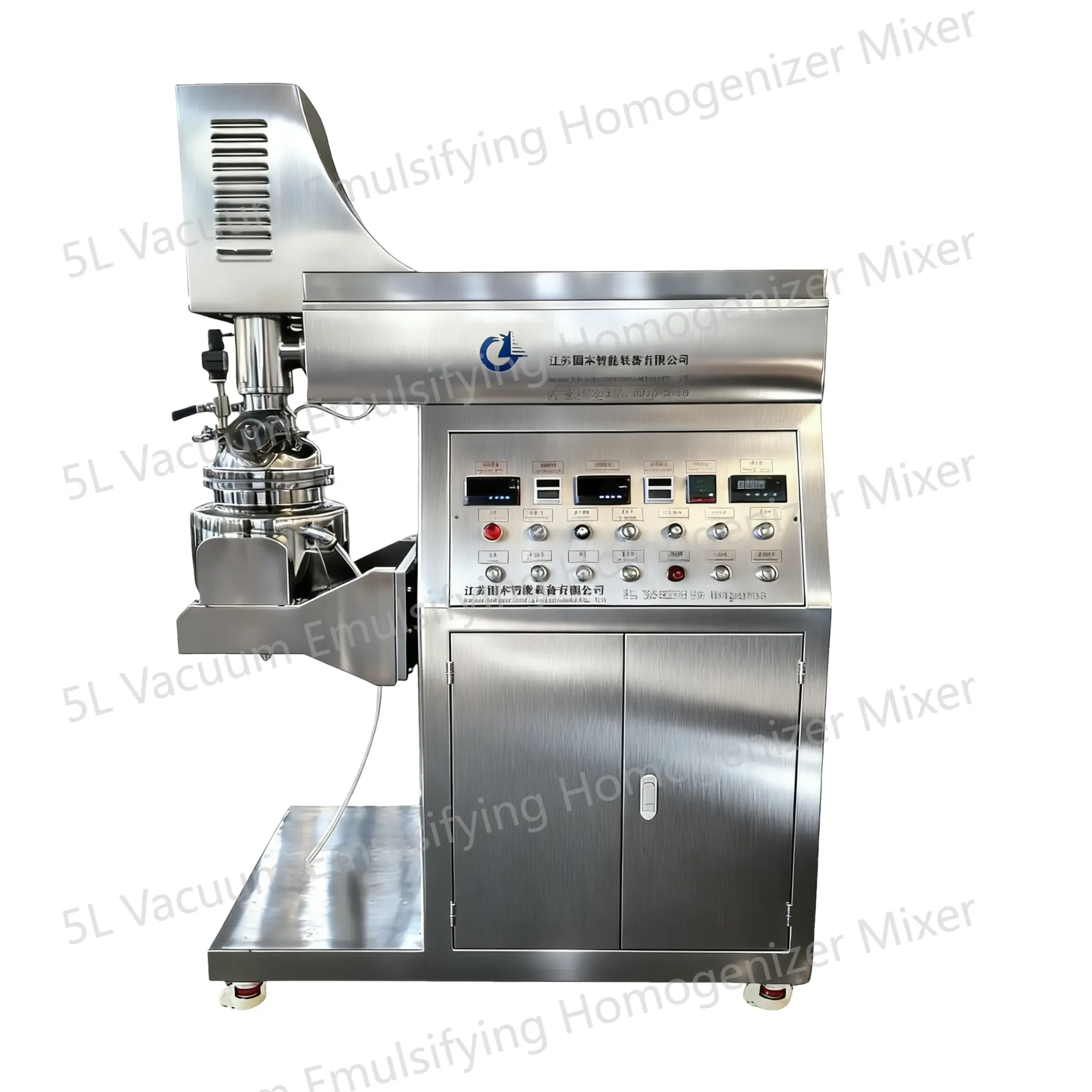 5L Vacuum Emulsifying Homogenizer Mixer
5L Vacuum Emulsifying Homogenizer MixerThe 5L vacuum emulsifying mixer is a device designed for emulsifying and mixing various substances in a vacuum environment. This equipment is equipped with a mixing tank with a capacity of 5 liters and is widely applied in industries such as food, pharmaceuticals, cosmetics, and pesticides.
-
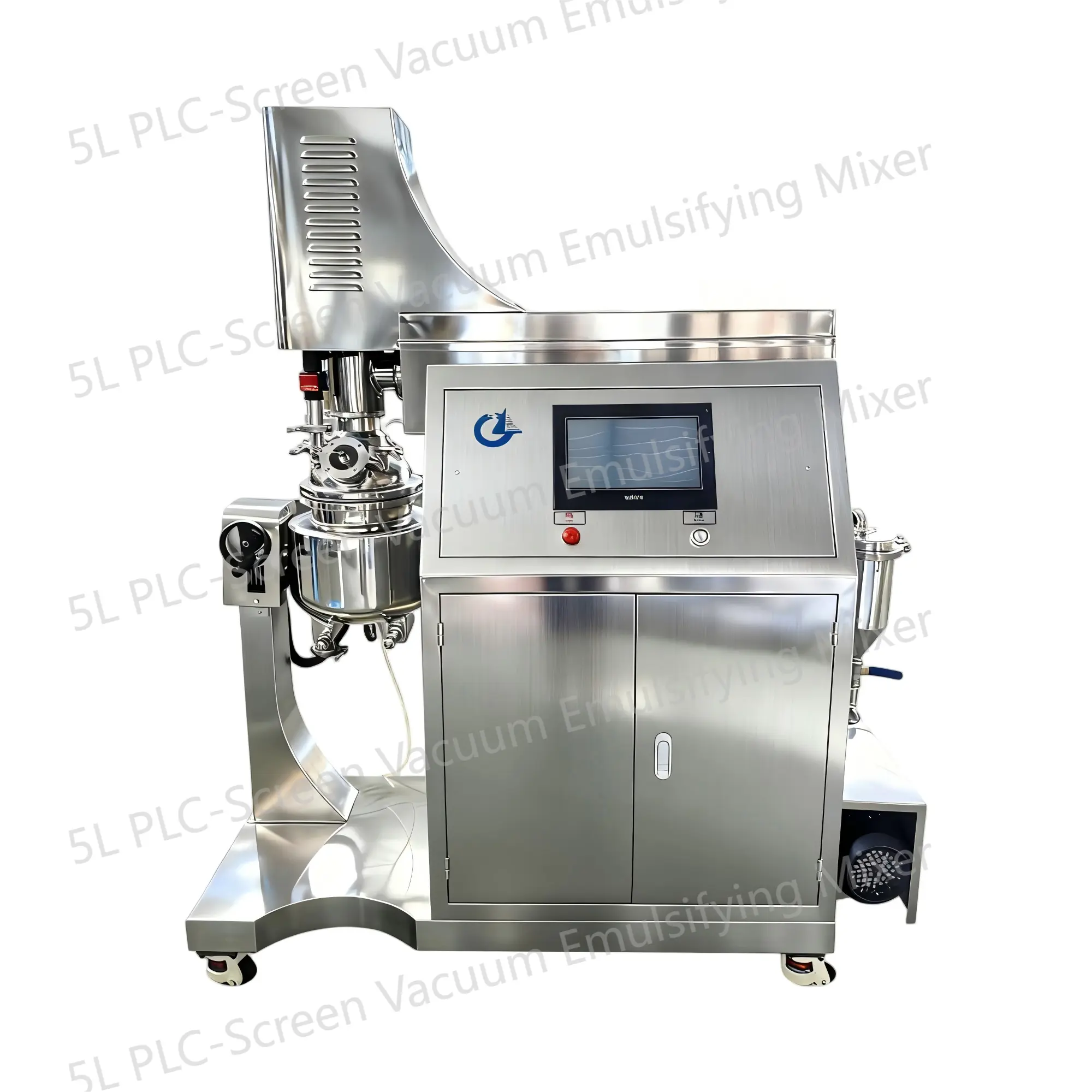 5L PLC-Screen Vacuum Emulsifying Mixer
5L PLC-Screen Vacuum Emulsifying MixerThe 5L PLC-Screen Vacuum Emulsifying Mixer is a device designed for emulsifying and mixing various substances in a vacuum environment. This equipment is equipped with a mixing tank with a capacity of 5 liters and is widely applied in industries such as food, pharmaceuticals, cosmetics, and pesticides.
-
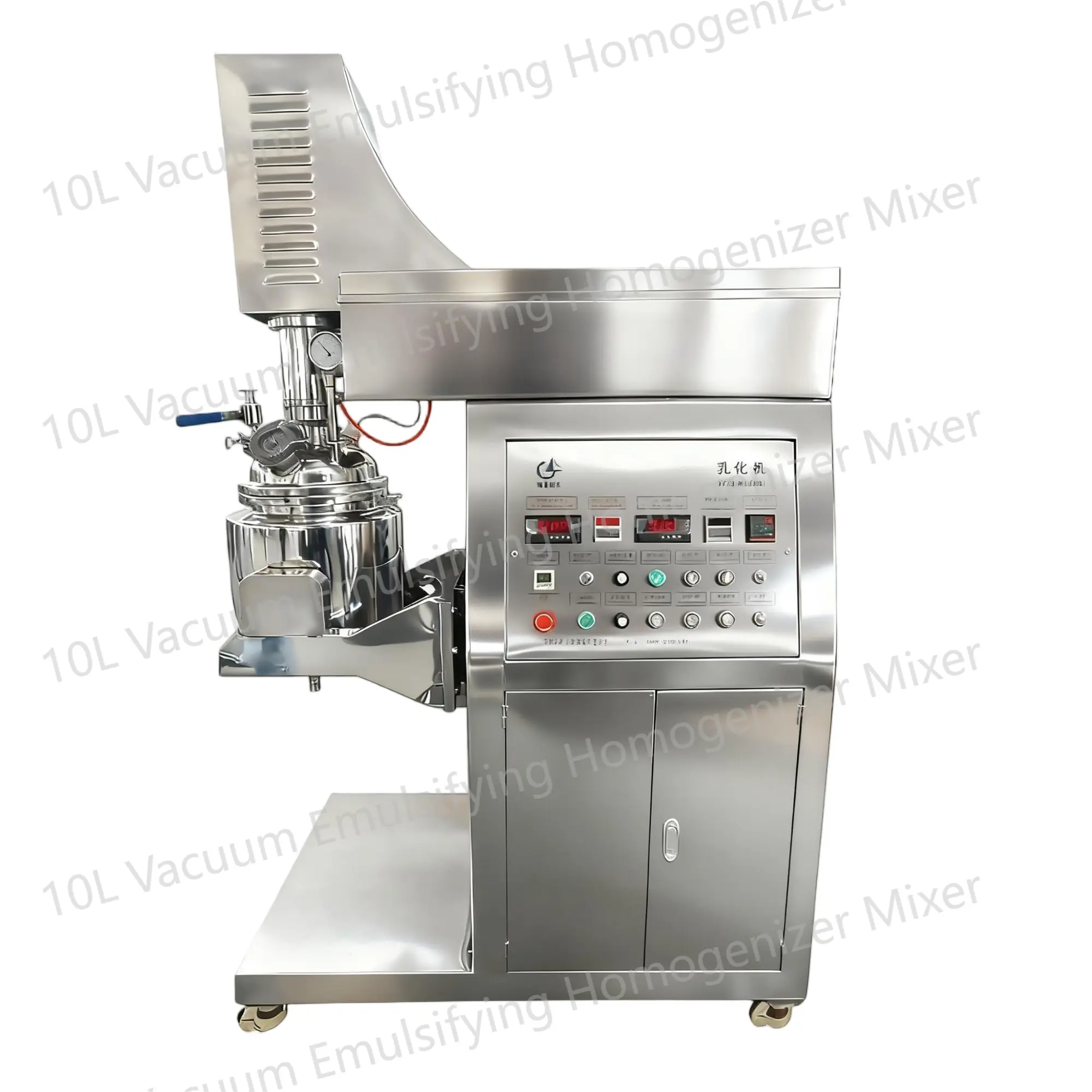 10L Vacuum Emulsifying Homogenizer Mixer
10L Vacuum Emulsifying Homogenizer MixerThe 10L Vacuum Emulsifying Mixer is a device used for emulsifying and mixing various substances in a vacuum environment. It is commonly used in industries such as food, cosmetics, and pharmaceuticals.


 English
English Russian
Russian French
French Spanish
Spanish Portuguese
Portuguese Korean
Korean Japanese
Japanese Thai
Thai
